Special characters not working on the keyboard can be bothering, especially when typing passwords, coding, or writing documents. This issue may occur due to incorrect keyboard settings, outdated drivers, or hardware malfunctions. Understanding why this happens and how to fix it can help restore proper functionality. This guide explores common causes and provides step-by-step solutions to resolve the problem effectively.
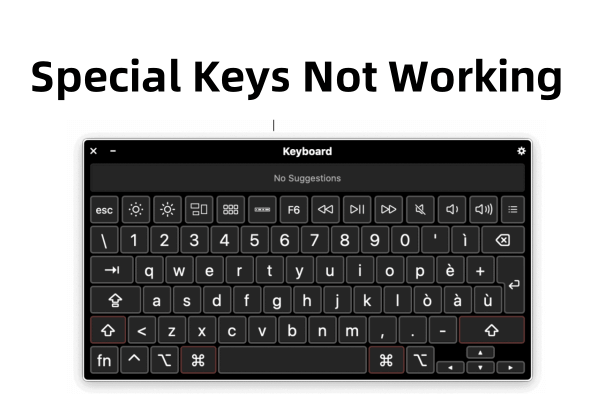
Why Are the Special Keys on My Keyboard Not Working?
Several factors can cause special characters to stop working on a keyboard. Here are the most common reasons:
Incorrect Keyboard Layout Settings: If the keyboard language or layout is misconfigured, certain special characters may not function properly.
Num Lock or Shift Lock Issues: Some keyboards require specific key combinations to enable or disable special characters.
Outdated or Corrupt Drivers: An outdated or damaged keyboard driver can cause issues with special character input.
Physical Keyboard Damage: If the keyboard hardware is faulty, certain keys may stop working.
Third-Party Software Interference: Some installed programs or malware can override keyboard settings, preventing special characters from being typed.
Sticky Keys or Filter Keys Enabled: Accessibility features in Windows can interfere with normal typing behavior.
How to Fix Special Characters Not Working on Keyboard
Facing issues with special characters not working on the keyboard? Try these effective solutions to resolve the problem.
1. Check Keyboard Layout Settings
Incorrect keyboard layout settings are one of the most common reasons special characters fail to work. If the keyboard is set to the wrong language, the key mappings may not match the expected characters. This can lead to certain keys producing incorrect or missing symbols. Ensuring the correct layout is selected can quickly resolve the issue.
Steps:
Step 1. Press Win + I to open Settings.
Step 2. Go to Time & Language > Language & Region.
Step 3. Under Preferred languages, select your primary language.
Step 4. Click on Keyboard options and ensure the correct layout is selected.

Step 5. Restart your computer and check if special characters work.
2. Disable Num Lock or Shift Lock
Many keyboards have built-in toggles like Num Lock or Shift Lock that can interfere with special characters. If these are accidentally enabled, some keys may function differently than expected, leading to issues with typing symbols. Disabling these locks ensures the keyboard operates normally.
Steps:
Step 1. Press the Num Lock key to toggle it off.
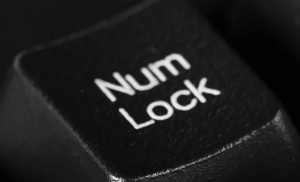
Step 2. Try pressing Shift + the special character key to check if it works.
Step 3. Restart the computer if the issue persists.
3. Update Keyboard Drivers
Keyboard drivers help the operating system communicate with the hardware. If the drivers are outdated, corrupted, or incompatible, special characters may stop working. Updating the drivers can restore full keyboard functionality.
Method 1: Update via Device Manager
The Windows Device Manager allows you to manually update keyboard drivers.
Steps:
Step 1. Press Win + X and select Device Manager.
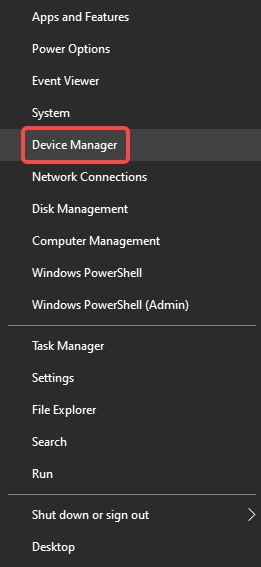
Step 2. Expand Keyboards and right-click on your keyboard device.
Step 3. Select Update driver > Search automatically for drivers.

Step 4. Restart your PC after the update.
Method 2: Update with PcGoGo Driver Sentry
Manually updating drivers can be time-consuming. PcGoGo Driver Sentry simplifies the process by automatically detecting outdated drivers and installing the latest versions. This ensures your keyboard operates without glitches.
Steps to update drivers with PcGoGo Driver Sentry:
Step 1. Download and install PcGoGo Driver Sentry.
Step 2. Launch the software and click Scan.
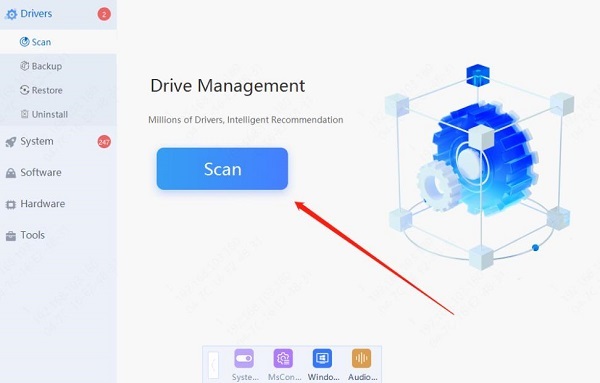
Step 3. Locate the keyboard driver and click Update.
Step 4. Restart your PC to apply changes.
4. Run Keyboard Troubleshooter
Windows provides a built-in troubleshooting tool that can automatically detect and fix keyboard-related issues. This method is useful if the problem is software-related, such as incorrect system settings or temporary glitches.
Steps:
Step 1. Press Win + I to open Settings.
Step 2. Navigate to Update & Security > Troubleshoot.
Step 3. Select Additional troubleshooters.
Step 4. Choose Keyboard and click Run the troubleshooter.
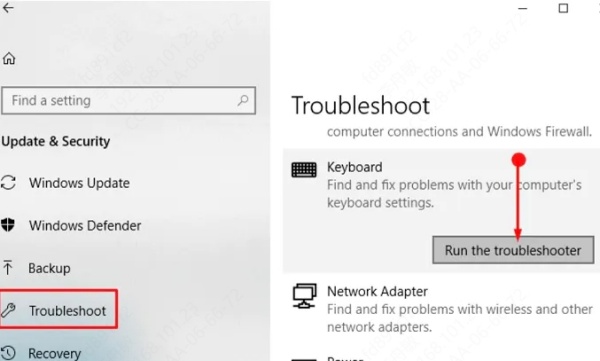
Step 5. Follow on-screen instructions and restart the computer.
5. Check for Third-Party Software Conflicts
Certain software applications, particularly those related to language input, macros, or system customization, can interfere with keyboard functionality. Running the computer in Safe Mode helps identify whether a third-party application is causing the issue.
Steps:
Step 1. Boot your PC in Safe Mode (Win + R, type msconfig, go to Boot tab, check Safe boot, and restart).
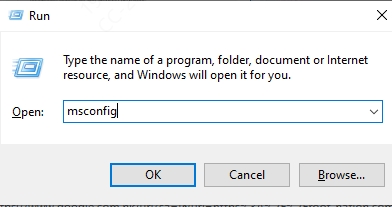
Step 2. If the keyboard works fine in Safe Mode, uninstall recently installed applications that may be interfering.
Step 3. Restart your computer normally.
6. Reset Keyboard Settings
If your keyboard settings have been modified, resetting them to default can restore proper functionality. This is especially helpful if accidental changes have been made to input configurations.
Steps:
Step 1. Open Control Panel and go to Clock and Region > Language.
Step 2. Click Advanced settings.
Step 3. Select Reset to restore default keyboard settings.
7. Check for Physical Damage
If none of the software solutions work, the keyboard itself may be damaged. Physical damage, such as worn-out keys or connection issues, can prevent special characters from working.
Steps:
Step 1. Connect an external keyboard to test functionality.
Step 2. Clean the keyboard with compressed air.
Step 3. Replace the keyboard if necessary.
People Also Ask About Special Keys Not Working
How do I enable special characters on my keyboard?
To enable special characters, ensure the correct keyboard layout is selected in Settings > Time & Language > Language & Region. Also, try using the Alt code method (press Alt + numeric code for special characters).
How do I fix my keyboard not typing symbols?
Check for language settings, update drivers, and disable Num Lock or Shift Lock. If the issue persists, reset keyboard settings and run the Windows troubleshooter.
Why is my keyboard locked on symbols?
If your keyboard types symbols instead of letters, it may be due to an activated Num Lock key or incorrect language settings. Press Shift + Num Lock to toggle it off.
How do I reset my keyboard typing wrong characters?
To reset the keyboard, go to Control Panel > Clock and Region > Language, then restore default settings. Restart your PC to apply the changes.
Conclusion
Special characters not working on the keyboard can be caused by incorrect settings, outdated drivers, or physical damage. Applying the fixes outlined above can restore proper functionality. If driver issues persist, updating with PcGoGo Driver Sentry provides a quick and reliable solution. Download PcGoGo Driver Sentry today to keep your drivers updated effortlessly!